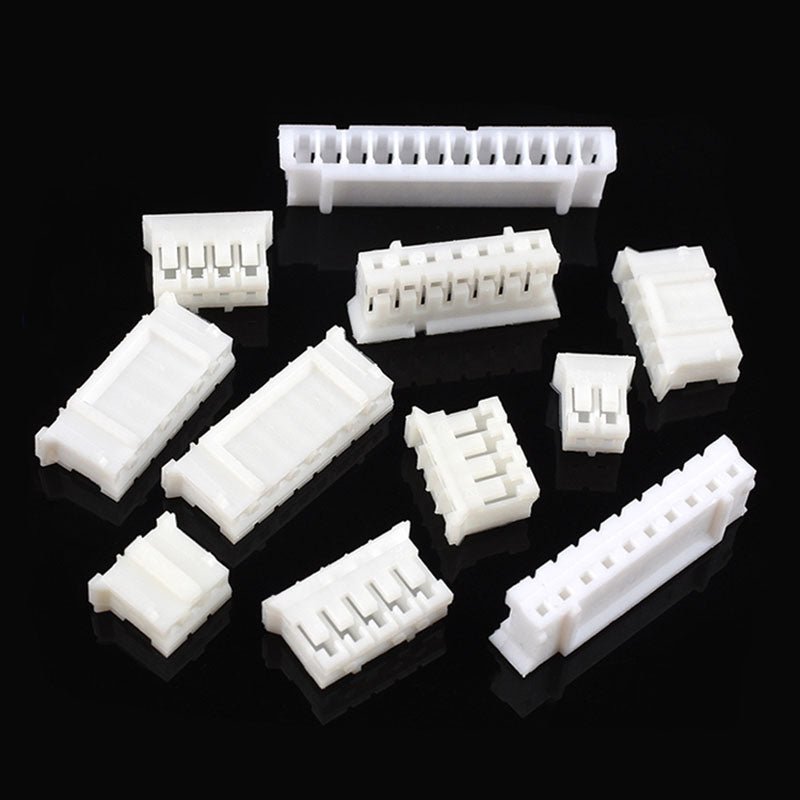1. Product core introduction
HomeDIYer's PH2.0mm JST connector plug is a key connection component for home DIY electronics enthusiasts. Whether you are keen on expanding the creativity of your Raspberry Pi development board, or engaging in the marvelous construction of your Arduino project, this connector will be a powerful assistant for your circuit connection, ensuring stable signal transmission and helping you to transform your creative ideas into practical works.
2. The main characteristics of the product
Precision design: Adopting standard PH2.0mm specifications, the contact is precise and accurate, effectively reducing resistance, ensuring stable current flow and reducing signal loss, providing a solid foundation for the stable operation of electronic equipment.
Multi-pin options: Provide a wide range of options from 2 to 16 pins, to meet the needs of different complexity of circuit connection.
High-quality shell: robust and durable shell material, with good insulation performance and anti-abrasion.
Reliable Crimp: Adaptable crimp terminal design makes the wire connection firm and reliable, not easy to loosen and fall off, ensuring that in frequent use or slight vibration environment, still can maintain a stable electrical connection.
3. Product use scene
Raspberry Pi project: connecting all kinds of sensors and expansion boards, realizing data collection and function expansion, building smart home control center, weather monitoring station and other creative projects.
Arduino Experiment: In homemade robots, electronic toys, intelligent cars and other projects, it is used to connect motor driver boards, servo controllers, battery power supply and other components to give the works flexible and diverse movement and control capabilities.
4. Product use instructions
Select a plug with the appropriate number of pins according to the circuit design requirements. Strip the wire of the appropriate length of insulation, insert the corresponding crimp terminals, use the special crimping tool to press to ensure that the wire and the terminal tight connection. Then, align the plug with the corresponding socket and gently insert it until it fits perfectly, paying attention to the correct direction of insertion and avoiding forcible insertion leading to pin bending damage. During use, avoid excessive pulling on the wire to prevent the connector from loosening.















